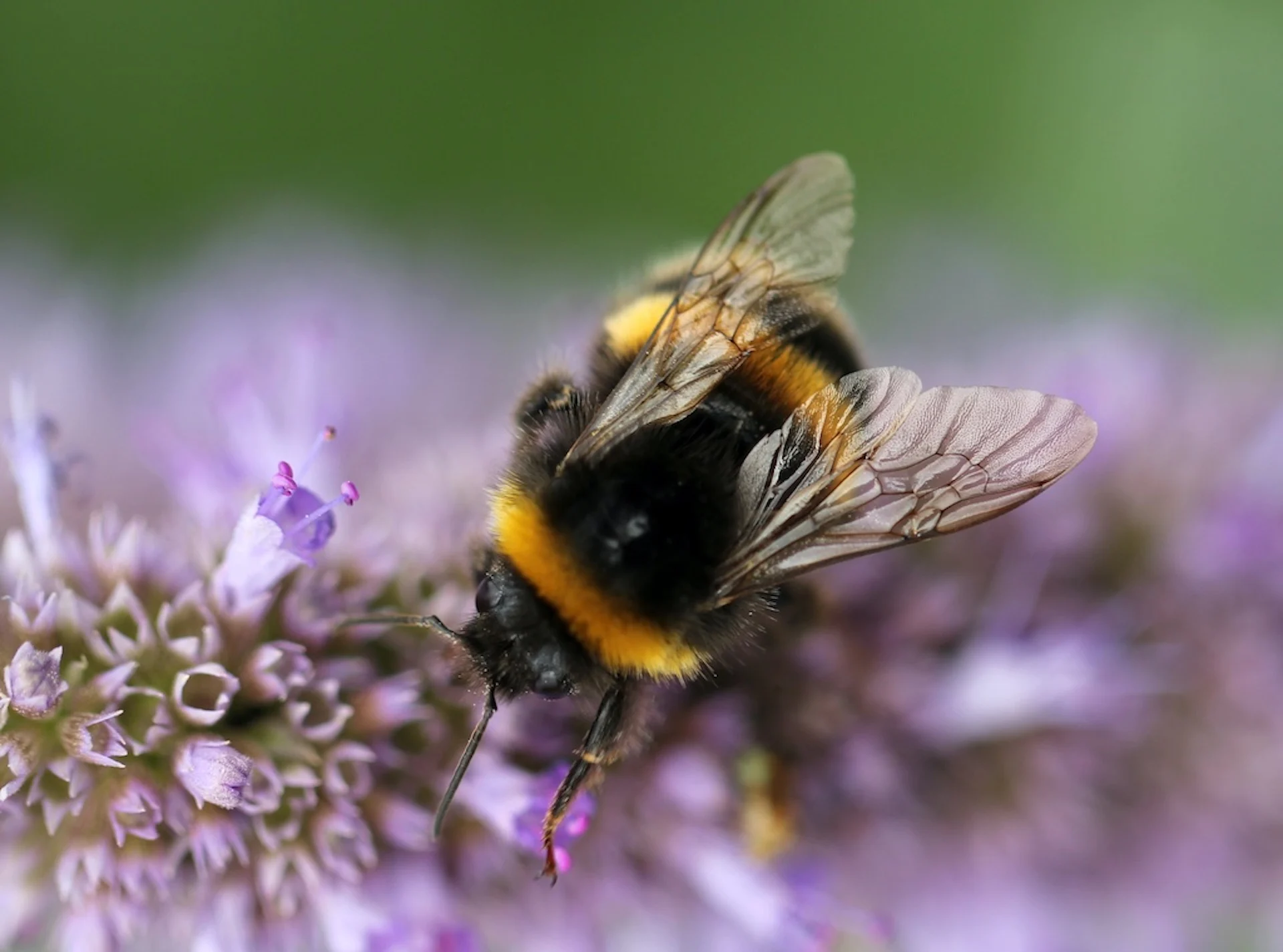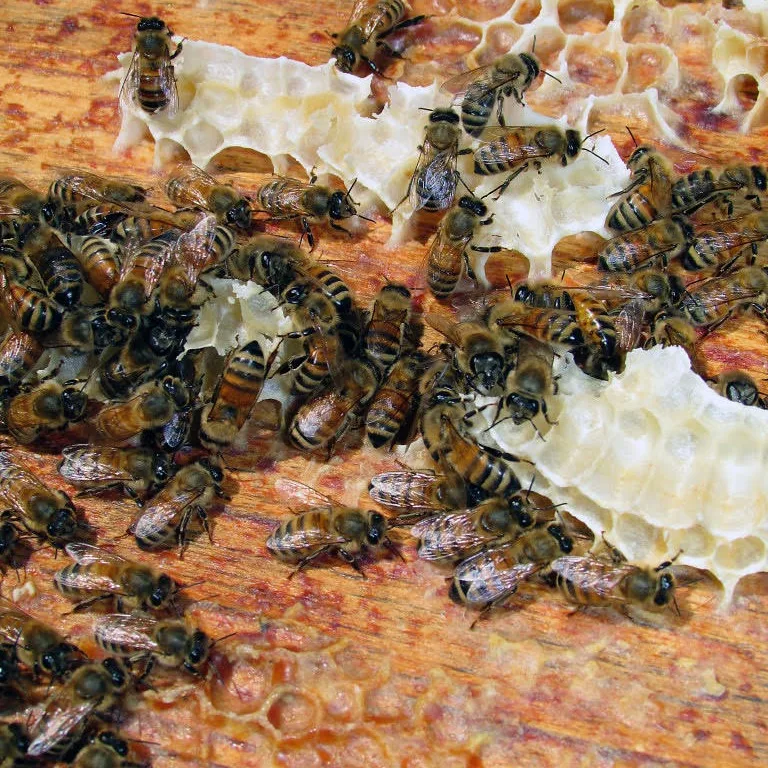
Experts give advice on helping bees in and out of cities
After a cold winter, bees are showing themselves in yards and lawns as summer approaches.
Bees' role as pollinators make them integral to ecosystems, but unfortunately they face dangers ranging from pesticides to pathogens.
Graham Parsons, Saskatchewan's pollinator biosecurity specialist, spoke with Stefani Langenegger on CBC Radio's Blue Sky, with a focus on what people can do to help bees.
Parsons said that if you spot a big fuzzy bee flying close to the ground at this time of the year, it is most likely a queen looking for a nest.
DON'T MISS: Honeybees can pose a threat to wild bees, here's how
"They're kind of perusing the ground under leaf litter and things for, probably, old mouse nests," said Parsons. "Most of them are nesting in the ground, so old mouse nests or ground squirrel burrows."
To entice the queen to stay, Parsons said residents can make tiny homes for them right on the lawn. These are similar to birdhouses, but on the ground and with an entrance small enough to prevent a mouse from nesting inside.
"Upholsterers cotton is good to put in there," he said. "It looks like a mouse nest and they can kind of build their nest out of that, but that's depending on how much time or effort you want to put into it."
Another tip was for people trying to kill wasps, but not bees. Parsons said you should not use an overly sweet substance as bait, because bees will also be attracted. Rotting meat is an ideal alternative.

(Nathan Howes/The Weather Network)
Sarah Wood, an associate professor in the department of veterinary pathology at the University of Saskatchewan, studies infectious and bacterial diseases in honey bees.
She said she lost about 50 per cent of her research colonies over the winter. Wood had to source bees from around the province and had several queens shipped from Hawaii.
Overall, she isn't too concerned about bee farm populations and said, "beekeepers can meet the challenge because they have done so in the past." But wild pollinators like the honey bee need more attention, she said.
"We know that 95 per cent of the canola that's grown in Saskatchewan is grown from seed that's treated with a neonicotinoid insecticide," said Wood.
WATCH: Viral infections in honeybees could have serious impact on reproduction
"Those insecticides are incredibly important for farmers to control the flea beetle and other pests that might that might feed on there all the crops, but at the same time, we know that these neonicotinoid insecticides can have negative effects on honey bees, so we just need to establish what that safe dose range is."
A possible solution is a program called Drift Watch, which allows beekeepers to register their colonies so local farmers know where the colonies are and can better time their pesticide application.
Thumbnail courtesy of Sandy Millar/Unsplash.
The story, written by Liam O'Connor, was originally published for CBC News. It contains files from CBC Radio's The Morning Edition.